How important is it to you to have "matching" appliances?
caitlinmagner
11 years ago
Featured Answer
Sort by:Oldest
Comments (22)
preemiemom0703
11 years agocaitlinmagner
11 years agoRelated Discussions
Do all of your kitchen's appliance handles have to match?
Comments (7)It'll be fine. Our kitchen has all different handles, and no one notices, including us. As Weissman said, most of us on this forum mix brands in order to get "best in show". It's better to find the best appliance than to find an appliance that you may not like, except that it has a matching handle. Many of us mix finishes in addition to the handles. I've seen some showstopping kitchens on the Kitchens Forum, where there might be white range with a stainless hood, or black fridge with stainless range, etc. And, as you've discovered, handles can be different even within the same brand. Sometimes when I see new-construction home or condo, with a matching suite of appliances, all I think is "hmm, developer must have gotten a deal on a bulk purchase of appliances". I think the kitchens with different appliances look like someone has put thought into their choices. By the way, which stainless fridge has black handles? I haven't seen that. Can you provide a name and model?...See MoreAppliance pulls and drawer pulls - do they have to match?
Comments (8)The only appliance we paneled is the DW. With the panel, it looks identical to the trash cab on the other side of the sink cab. Both doors have the same handle/pull as all the other doors/drawers, but for those two doors (and the over the fridge cab) we used the 12" size pull (8" on almost all the rest). The fridge and the stove; KA built-in and Wolf range, are not paneled, and have their own factory-installed handles. IMHO, they all look fine together....See MoreStainless Appliances ... Tell me what Brands you have ... Match ?
Comments (17)I agree with the other respondants....don't worry about the SS finish, check to see if the handles are compatible. Most stainless steel appliances come in what's called the #4 brushed finish. You can mix brands with little fear that the metal finish will not match. In our kitchen, we went with the appliances that met the function and budget needs we had. We love to cook, so we spent the money on a Wolf rangetop with griddle and Wolf hood. Then because we live out west where there are water/drought restrictions, we went with the quietest and most water efficient dishwasher, an Asko. I wanted the Wolf double convection ovens, but didn't want to spend that much money, so I found a terrific deal on the FP double convection ovens. Nearly the same performance for more than half the cost. And the same terrific customer service from their tech department. We could't see spending a huge amount for the SZ fridge (althought I'll admit I secretly coveted one!), so we ended up going with the LG French door, which was highly recommended on this website when it first came out. After 4 years, it fell apart inside (cheap plastic interior) so we replaced it with the newest Samsung, also highly recommended in here. Now I can make the argument we could have just spent the $$ on the Sub Zero after having to buy 2 cabinet depth lesser makes, LOL. The good news is that they all look great together...both cheap and expensive brands. Even the handles are slightly different, but each appliance meets our needs beautifully. So don't worry about matching everything....See MoreDo appliances have to "match"
Comments (72)Thanks, Deedles! I do like the twins very much. However, they didn't tell me that you really need the trim package to keep them from sliding all over the place, and to level them. I just didn't want the fake grills. I needed them to look as small as possible! MSeth - YES! I forgot how the wave touch interferred with the granite. I didn't notice the contoured front and the salesman didn't warn me. My granite was templated before the oven was installed, so when the oven was put in, it stuck out beyond the granite. It was ugly, unfinished metal lip on top. I could not have kept it like that. The granite guys came back and broke the glue on the island and shifted the entire slab forward. Luckily, there was a little room in my sink cabinet for the sink to move forward just enough for the granite to cover the contour. I tried to take a picture to show how it is basically flush with the counter edge. I am still concerned that liquid might spill on the island and run into the electronics, but it is much better than it was. Regarding the kiddos...I don't notice that the door gets any hotter than any other oven that I have owned. It does get hot. One thing about it being so low is that when you lean down to open it the hot air french fries your face. So, you will want to teach the kids to stay away from it. The easy glide racks slide so easily, that your food gets momentum and practically slides right off the rack. It also lights up and beeps when people stands up to it and wakes it up. It has a lock feature, but it is a bright blue and it stays on all the time when it is locked, so I don't like to lock the oven. If I had it to do over, I would not buy this oven again. Sorry to tell you that!...See MorePeke
11 years agoelamom
11 years agododge59
11 years agoa2gemini
11 years agofriedajune
11 years agonlion
11 years agocaitlinmagner
11 years agoweedmeister
11 years agofriedajune
11 years agosummerbabies
11 years agoalex9179
11 years agoa2gemini
11 years agoFori
11 years agorobert_sett
11 years agoauroraborelis
11 years agoSparklingWater
11 years agoalex9179
11 years agocaitlinmagner
11 years agoellencr
11 years ago
Related Stories
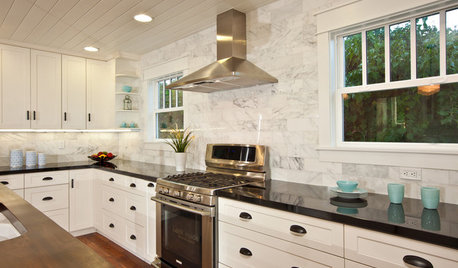
KITCHEN DESIGNHow to Pick Your Important Kitchen Appliances
Find the ideal oven, refrigerator, range and more without going nutty — these resources help you sort through your the appliance options
Full Story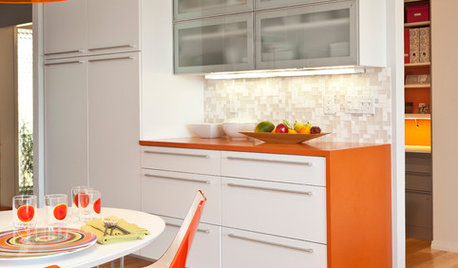
KITCHEN DESIGNCountertop and Backsplash: Making the Perfect Match
Zero in on a kitchen combo you'll love with these strategies and great countertop-backsplash mixes for inspiration
Full Story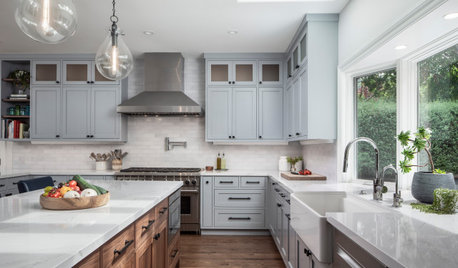
WORKING WITH PROSHow to Find Your Renovation Team
Take the first steps toward making your remodeling dreams a reality with this guide
Full Story
COLOR11 Terrific Paint Color Matches for Wood Details
Pair your wood trim and cabinets with the right shade of wall paint to bring out the beauty in both
Full Story
KITCHEN CABINETSKitchen Confidential: 7 Ways to Mix and Match Cabinet Colors
Can't decide on a specific color or stain for your kitchen cabinets? You don't have to choose just one
Full Story
LIFEYou Said It: ‘It’s Important to Wait’ and More Houzz Quotables
Design advice, inspiration and observations that struck a chord this week
Full Story
STORAGEClever Storage for That All-Important Spare Room
Make the most of your guest room with storage space you can use year-round
Full Story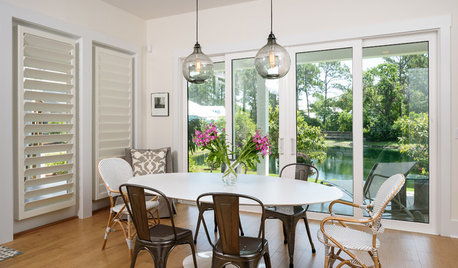
SHOP HOUZZShop Houzz: Mix-and-Match Dining
Create a dining room with old favorites and a new, eclectic table-and-chairs combo
Full Story0
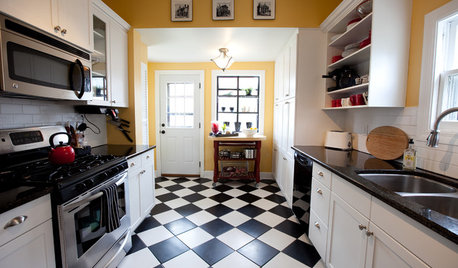
KITCHEN DESIGNKitchen Flooring 101: Find Your Material Match
From cork to concrete, our guide will help you pick the perfect surface for your kitchen floor
Full Story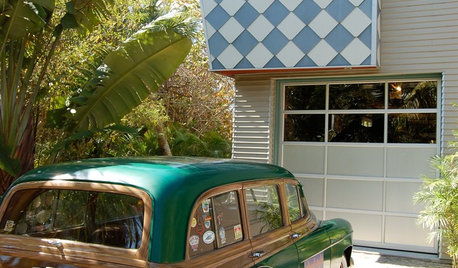
FUN HOUZZAre These Cars a Perfect Match for Their Homes?
Shift gears to the driveway or garage and see if you appreciate these pairings as much as we do — then share your own ideal match
Full Story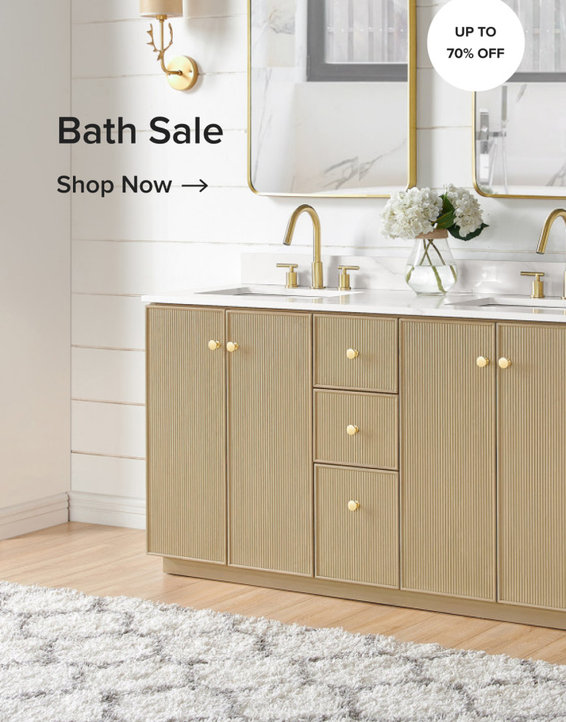

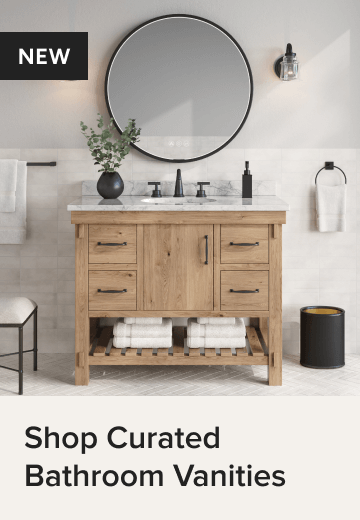

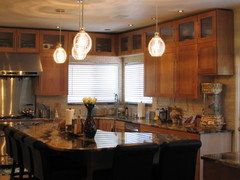
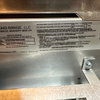
breezygirl